In addition to our Live-to-Air performances we also commissioned 14 new studio works. We selected a range of artists and producers from Scotland and further afield, both established practitioners and those new to working with radio. We discovered many of these artists through their submissions to our open call in previous years. These productions are a showcase for the diverse and inventive approach to the medium that Radiophrenia represents. After receiving their premiere on Radiophrenia these works were be syndicated to our partner stations around the world.
Our Production Commissions were supported by Creative Scotland, Kunstradio, Resonance Extra and The Jerwood Charitable Foundation.
Commissioned artists
// Pan Daijing // crys cole // Sally Ann McIntyre // LAPS // Maria Fusco // Zoë Irvine // Vile Plumage // Alicia Matthews // Xstatic Tics // Oliver Pitt // Hannah Ellul // Allan Whyte & Louise Wilson // Kari Robertson // Marjorie van Halteren //
Pan
Daijing

A prologue
TX: Midday and 6pm, Thursday 23rd May
PAN DAIJING is an artist and musician from Guiyang. Her raw approach as a composer and performer takes many forms; sound, choreography, installation and storytelling. Soul-baring utterances and sonic, aesthetic outbursts are the main tendons of her practice. Her poetic, uncanny work interweaves vehicles of power and vulnerability, and often oscillated along paradoxical conceptual states and spatial interactions.
Since the release of her acclaimed debut album, Lack, on Berlin based label PAN in 2017, she has been showcasing a few projects. These include Fist Piece, a complex choreography of film, sound and performance premiered in Kraftwerk, was also presented in Barbican Centre London and Hamburg Elbphilarmonie; In Service of A Song, a performative installation shown at Haus der Kulturen der Welt and exhibited at Galleria Isabella Bortolozzi, TissuesI, a live play and composition for two opera singers, eight actors and three connected spaces which was commissioned by Biennale of Moving Image 2018 Geneva and premiered at Pavilion Sicli.
crys
cole
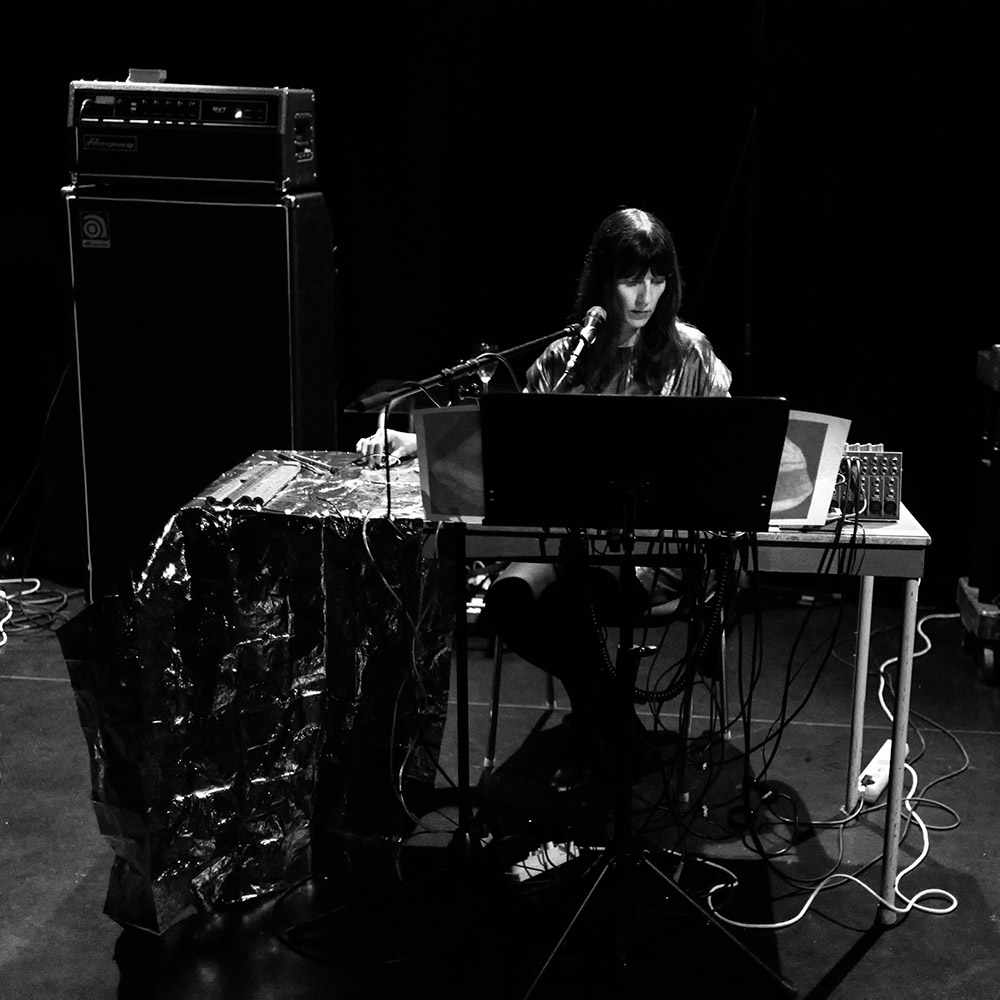
photo – Dawid Laskowski
Piece of Work
TX: Midday and 6pm, Friday 17th May
Additional players; Oren Ambarchi and Seiji Morimoto
crys cole is a Canadian sound artist working in composition, improvised performance and sound installation. Generating subtle and imperfect sounds through haptic gestures and seemingly mundane materials, she creates textural works that continuously retune the ear.
cole has ongoing collaborations with James Rushford (AU) (as Ora Clementi ) and Oren Ambarchi (AU) and has worked recently with Francis Plagne (AU), Leif Elggren (SW), Tetuzi Akiyama (JP), David Rosenboom (US), Keith Rowe (UK), Seiji Morimoto (JP/DE), Jessika Kenney (US), Tim Olive (JP/CA) and many more. Her work has been published by Black Truffle (AU), Penultimate Press (UK), Ultra Eczema (BE), caduc. (CA), Bocian (PL), Another Timbre (UK) and Infrequency editions (CA/DE). She has performed and exhibited her work worldwide.
Allan Whyte &
Louise Wilson
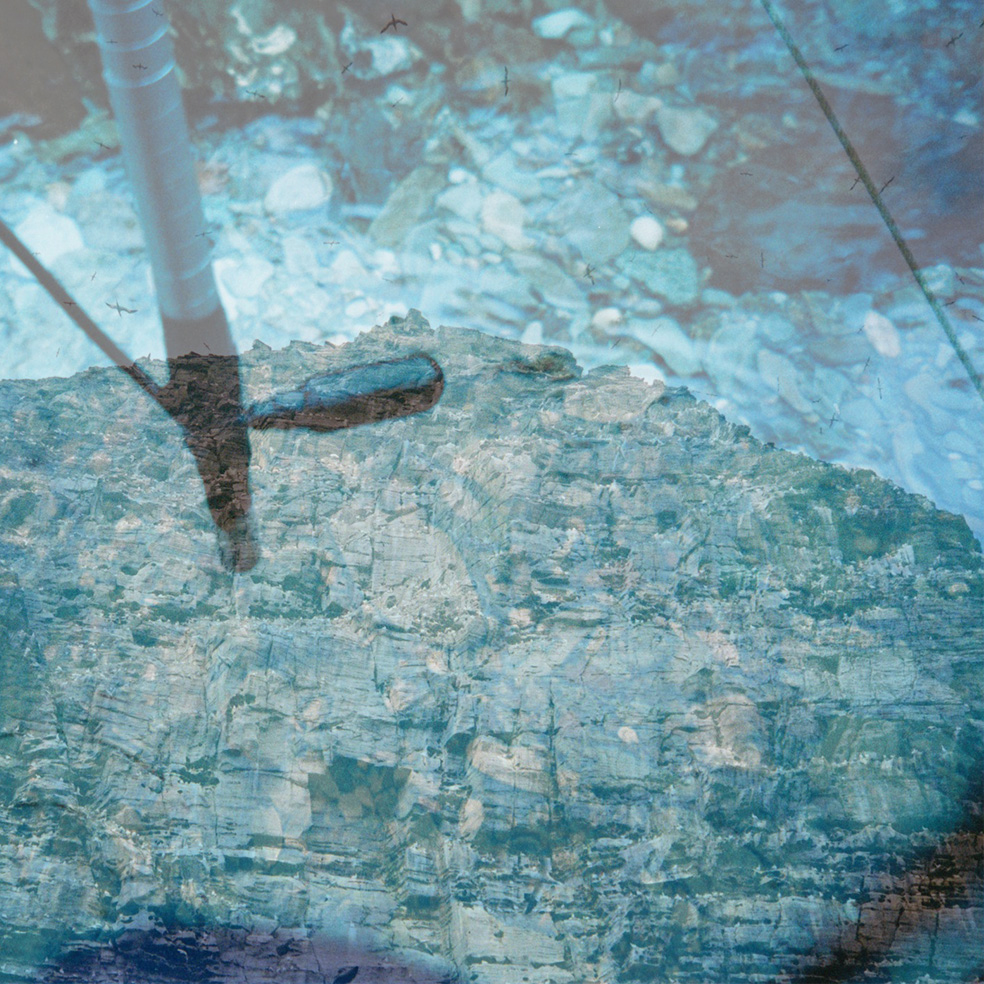
OBLIGATE
TX: Midday and 6pm, Monday 13th May
Migration is a necessity, both for wildlife and humans. Ecological processes operate in cycles and are the stimulus for migration. War, famine and destitution mean people must move in order to survive. Despite the necessity for migration there is a contrast in perceptions between the wonder of a “natural” animal migration and that of people. In the UK, immigration is deeply politicised and used to deflect away from the shortcomings of an inept Tory government and to progress a right-wing, white-supremacist agenda. A disassociation between people and the environment and differing perceptions of occurrences which exist in parallel are the focus of this new piece by A. Whyte and Louise Wilson.
Louise Wilson graduated from the University of Glasgow with an MRes in Ecology and Environmental Biology in 2017, and is now working towards a PhD in Marine Science at the University of Auckland’s Leigh Marine Lab. Her research investigates the impacts of anthropogenic noise on coastal marine life, looking at changes in the soundscape across space and time and how these disruptions can mask communication between members of a species, cloud out habitat cues, and disrupt ecosystem processes. She is interested and keen to engage with those similarly interested in the role of sound art and field recording for reconnecting human societies with ecological processes.
Allan Whyte is an artist from Glasgow who predominantly works in sound and sculptural installations, but is constantly experimenting with new media. Interested in the beauty of the everyday whilst reflecting the anxieties of this noxious epoch, his work considers what influences modern societies, how views are manipulated, the spaces we inhabit and how we interact with our environment.
Alicia
Matthews
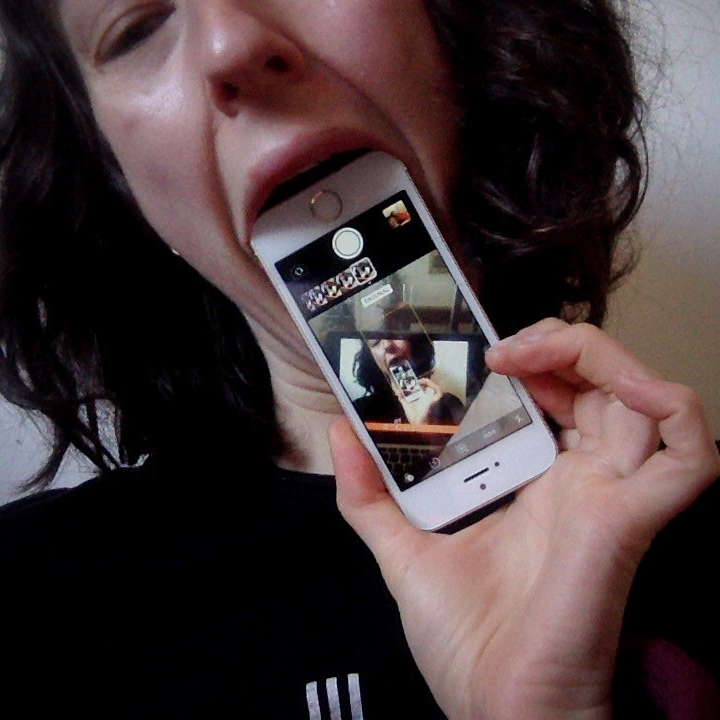
Click Bait
TX: Midday and 6pm, Wednesday 15th May
The work I have devised is a 19 minute sound piece that explores the tensions often experienced through extensive use of social media, hand held devices and digital dissemination of information.
I used screen captures of my online journeys while researching this composition as moving images to create scores from. The sonic narrative of these works echo the jarring imagery that was produced as a result of my low concentration span and complicity within the distractions of the web.
Inspiration for the sounds featured within the composition include: monitor refresh rates, loading and buffering rates, the speed at which information is sent and received, malfunctions, scrolling rates, 140 character limitations and push notifications. I reimagined these elements sonically to form the tonal palette of the piece.
Alicia Matthews is a Glasgow based artist and musician. Alicia has a background in sculpture and performance having studied both at the Glasgow School of Art and the Royal College of Art and has recently completed a MSc in Sound Design at Glasgow University. Her confrontational works have been performed to audiences around the UK and internationally at galleries in Lublin (Poland), Guangzhou (China), New York and at the Venice Biennale. The erratic and often jarring output of her solo musical endeavour, SUE ZUKI, has been aptly dubbed “Rhythm and Gloom”. These experimental soundscapes and loose, scathing lyrical narratives were brought to the Tate Modern in 2017 where they were performed as part of the NTS Tate Late series. In 2018 Alicia scored, and performed in, Liquid Sky – a new piece of visual theatre exploring the interface between sonic art and aerial circus, within a laser light scenography. Alicia hosts a monthly show on London’s NTS Radio under her SUE ZUKI moniker where she curates an uncompromising mix of industrial, no wave, spoken word, techno and metal alongside samples from popular media. Other projects include bands LAPS (DFA Recs, MIC Recs) and Organs of Love (Optimo Music).
Click Bait was co-commissioned by Resonance Extra as part of Strands, supported by Jerwood Charitable Foundation
![]()
Laps
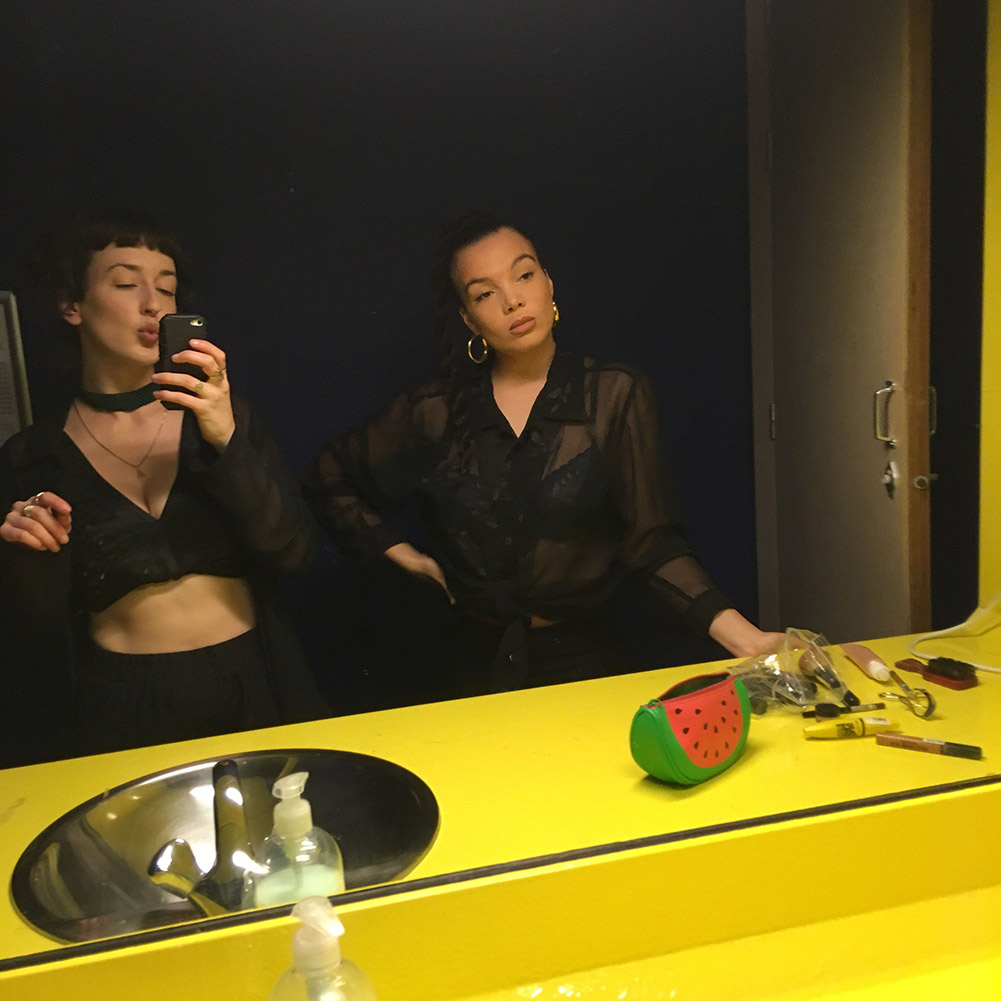
SHips
TX: Midday and 6pm, Saturday 25th May
Thinking about how people are like ships. We carry heavy loads, we come and go, we have names, people can be each other’s ships and of course ships go under.
Sadder/weirder domain and less pop as our last record was.
Lamentations and anger.
A work that mixes the more traditional ‘song’ format with recordings of conversations and field recordings that delve into the collective and separate experiences of two friends and artists.
A celebration of the relationship and working methods of artists and friends Alicia Matthews and Cass Ezeji. Using a selection of archive and new recordings (including Whats App voice notes, past rehearsal sessions, new studio work and downtime at the baths) the women candidly illustrate a long-standing friendship and creative working bond. Together they explore shared and separate life experiences and journeys; using laughter, chatting and singing together as healing forces.
Glaswegian duo Alicia Matthews (SUE ZUKI/ Organs of Love) and Cassie Ezeji (Golden Teacher) were neighbourhood sweethearts who cemented their love over the Tascam analogue tape recorder in Glasgow’s Green Door Studio back in 2011. Frequently compared to the likes of ESG and Lizzy Mercier Descloux yet the pair cite Ru Paul as their main influence.
Oliver
Pitt
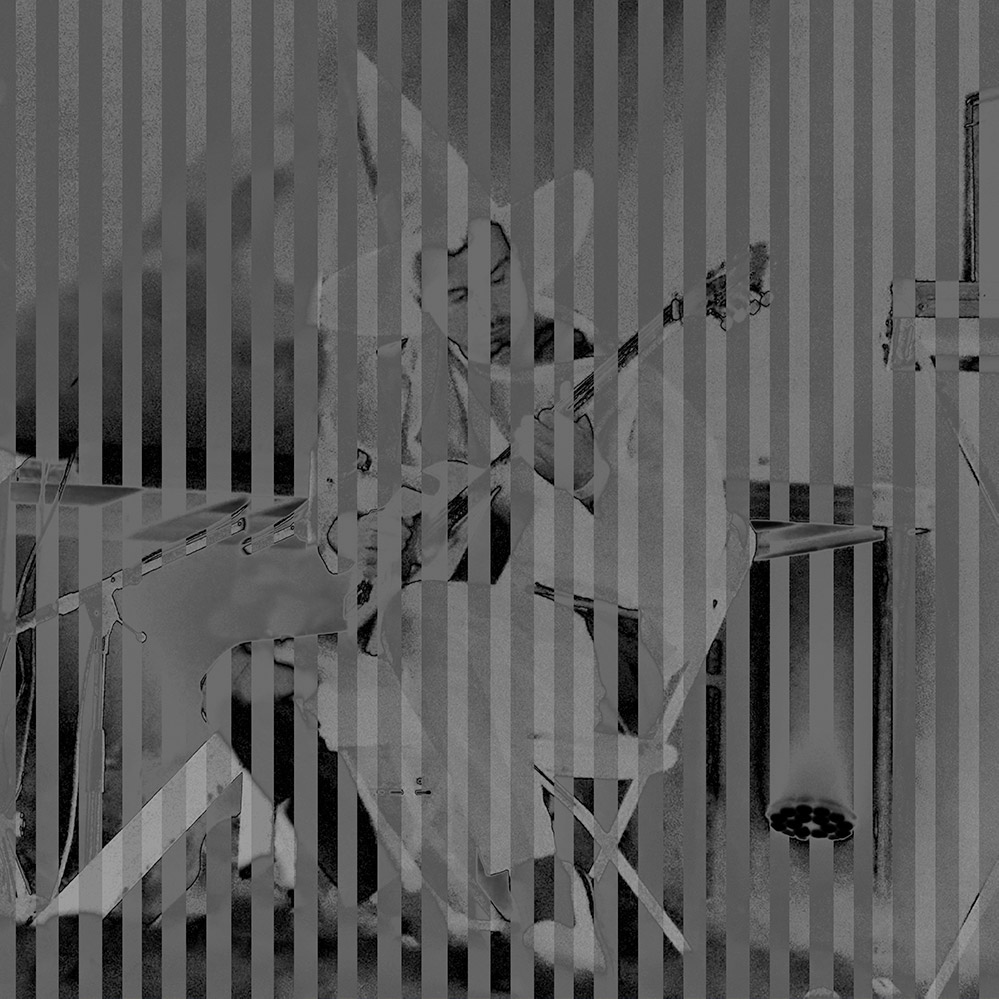
Line Clean 9-6
TX: Midday and 6pm, Tuesday 21st May
Line Clean 9 – 6 is composed around a series of abstract, rhythmic recordings made on shift at work (in the cellar of a pub), household objects (bins, bikes and cookers) and snippets of found sound recorded on a phone. Using a process of layering and splicing plus augmenting with ‘traditional’ instruments, he aims to draw out the beauty and musicality in everyday sound exploiting the harmonic and structural qualities inherent in everything we hear. The resulting collage combines, water pumps, beer kegs, bin lids, sound checks, bouzouki, clarinet, MS20, cowbells, choral polyphony, pipes and whistles.
Oliver Pitt is a musician based in Glasgow. He plays in various groups and bands and runs the label Akashic Records.
Line Clean 9-6 was co-commissioned by Resonance Extra as part of Strands, supported by Jerwood Charitable Foundation
![]()
Maria
Fusco
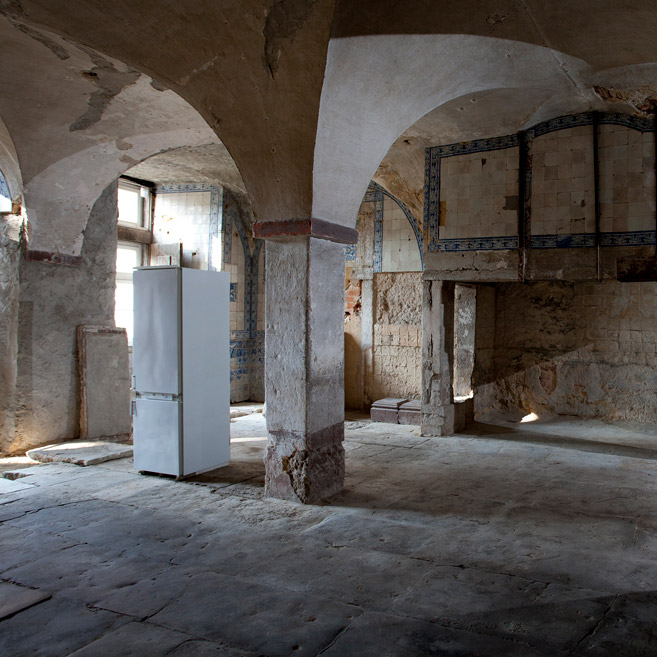
Legend of the Necessary Dreamer
TX: Chapters dispersed throughout the schedule + entire piece 6pm, Friday, 24th May
“a new classic of female philosophical writing” Chris Kraus
Legend of the Necessary Dreamer is an ambient novella, a multi-sensory essay, an excavation of the historic Palácio Pombal, a work of impatience and death. Maria Fusco reads the whole book, acting as an ear and a mouth, creating embodied entanglements, paying close attention.
Legend of the Necessary Dreamer is published by Vanguard
Maria Fusco is an award-winning Belfast born writer based in Glasgow, working across fiction, criticism and theory, her work is translated into ten languages. Her collection Give Up Art: Collected Critical Writings (LA/Vancouver: New Documents, 2017) has been described by James Elkins “after a book like this, most nonfiction seems curiously unaware of what writing can be.” Her latest work ECZEMA! celebrates the 70th anniversary of the NHS, commissioned by National Theatre Wales, it is published as a vinyl disc by Accidental Records. Master Rock is a repertoire for a mountain, commissioned by Artangel and BBC Radio 4, the experimental radio play has been experienced by more than 2.5 million listeners. She is a Professor at Northumbria University, previously Reader the University of Edinburgh and Director of Art Writing at Goldsmiths, University of London.
Kari
Robertson

Glass Enclosed
TX: Midday and 6pm, Thursday 16th May
Hermits wear boxes of Kleenex on their feet instead of shoes and keep plastic trolls in the sofa, birds bring them bread, they count their days with potatoes, they live inside their own grave, naked and hairy or wear woven coats of camel hair.
Glass Enclosed is an epic, solitary incantation performed by one voice. Its points of departure are the ‘Ancrene Wisse’ and ‘Speculum Inclusorum’ – instructional texts on how to be alone written for recluses, anchorites and hermits in the 13th/15th centuries. Glass Enclosed combines myth, testimonial and trope into a placeless, cocophanous sililoquy spoken from beyond.
Kari Robertson (b.1988 Edinburgh, Scotland) is a visual artist based in The Netherlands, who works primarily in film, video and sound.
She currently co-runs GHOST, with Madison Bycroft and Natalia Sorzano; a nomadic curatorial project who programme monthly screenings at WORM Filmhaus Rotterdam as well as recent exhibitions in Microscope Gallery, Brooklyn and MIAMI, Bogota.
Alongside her visual artwork Kari plays in experimental band Difficult with fellow artists Eothan Stearn and Tracy Hanna, which is a noisy and public meditation on punk/DIY/improvisational sound-making and total non-expertise.
In her practice Kari takes a ‘sci-fi’ approach to subjectivity, using narrative and characterisation as tools to re/un-think the sovereignty of our bodies, identities and minds, and ultimately as a means to access forms of ‘radical empathy’. Her narratives are often driven by protagonists who are marginal, ambivalent, unstable, or abhorrent. Humour and absurdity are taken seriously and always foundational in her work.
Glass Enclosed is a co-commission between Radiophrenia and Kunstradio Radiokunst for Ö1, Austria.
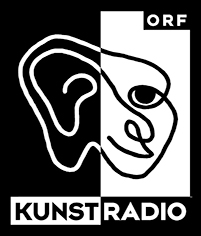

Zoë
Irvine
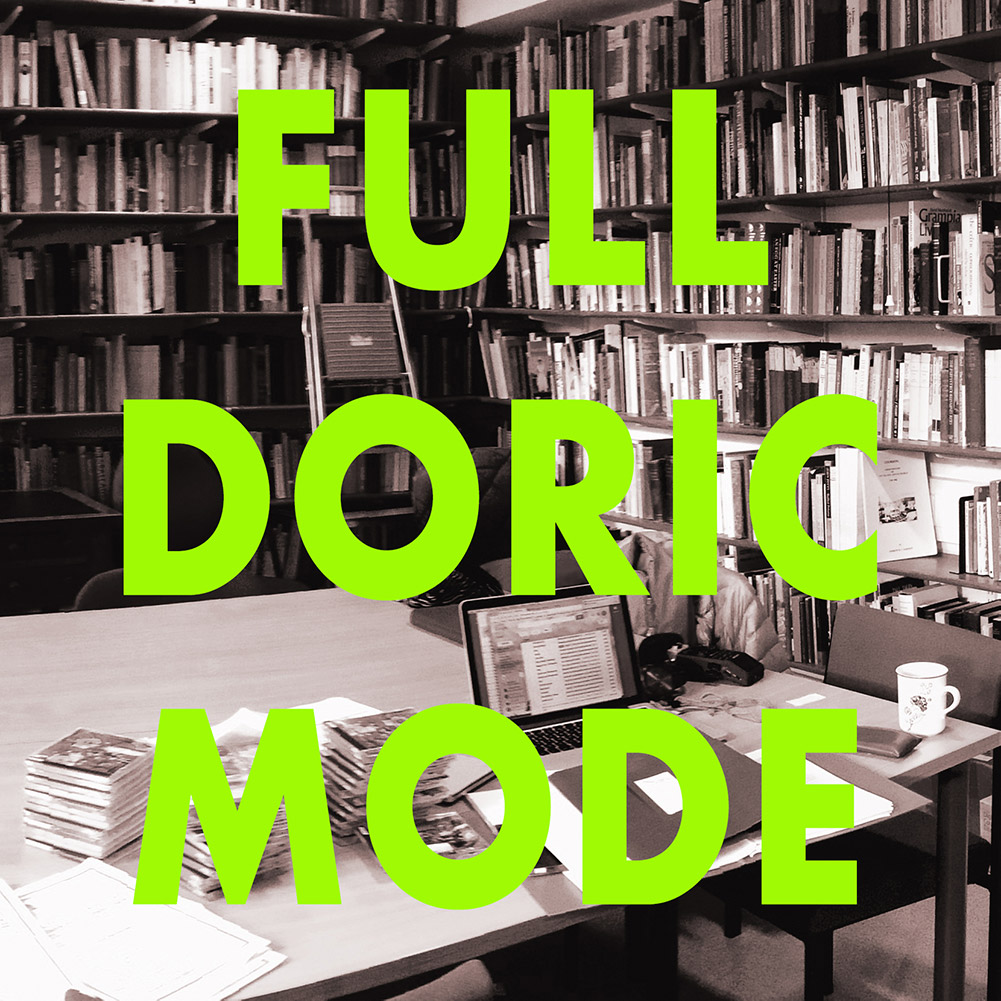
FULL DORIC MODE
TX: Midday and 6pm, Wednesday 22nd May
Commissioned by Radiophrenia & National Library Scotland (Sounds of Scotland)
Full doric mode is a voyage into a little heard sound archive of Doric speaking voices from 2006/7. This sound doc weaves together the archive material with contemporary reflections. The past and present intermingle through the medium of recorded conversation. The archive takes us into rural life in times gone by, farming, school days, home and working life, the contemporary conversations look back at the making of the archive and the power of oral history and folklore more generally as well as reflecting on the dialect itself and the situation today.
List of contributors:
Helen Taylor – oral historian, recordist on the Formartine Oral History Project.
Carol Eddie – participant in the Formartine Oral History Project
Fiona-Jane Brown – historian and folklorist, co-ordinator of the Formartine Oral History Project, more info for F-J Brown here >> www.hiddenaberdeentours.co.uk
Alistair Bell – Sound Collections Curator, National Library of Scotland and Scotland’s Sounds Network co-ordinator.
Chris Wright – folklorist and ethnologist
Nicolas Le Bigre – folklorist and ethnologist
Jill Lendrum – producers’ mother.
Voices from the archives include:
Participants: John Barron, Jimmy Dick, Carol Eddie, Jim Kirkpatrick, Akki Manson, Douglas Paterson, Charlie Reid, Ethel Stranger, Jimmy Mackie, Evelyn Munro, Maureen Singer & interviewers: Fiona-Jane Brown, Roland Buchan, Val Fowlie, Ian Sandison, Helen Taylor, Vi Taylor, Helen Tawes, Judith Sleigh
Doric recitation: Kathleen Noble
Music:
Renditions of The Bonny Lass O’ Fyvie & Barnyards of Delgaty
Played by Don MacKinnon (bass, pipes), Rosie Keast (fiddle) & Aaron Bruce (guitar & voice) Bruce MacKinnon (spoons)
Sound artist Zoë Irvine spent her childhood in North East Scotland, she was born in Aberdeenshire, her grandma (mother’s side) and father came from generations of Doric speakers.
The Formartine Oral History Project was a community project from 2006/7 in the Formartine area of Aberdeenshire, North East Scotland, funded by the Heritage Lottery Fund. The recordings were made by volunteer enthusiasts and is accessible to listen to at The Elphinestone Institute, Aberdeen University.
The term ‘Doric’ is thought to come from the Greek for ‘rural’ or ‘rustic’ and was a rural dialect of ancient Greek.
Vile
Plumage
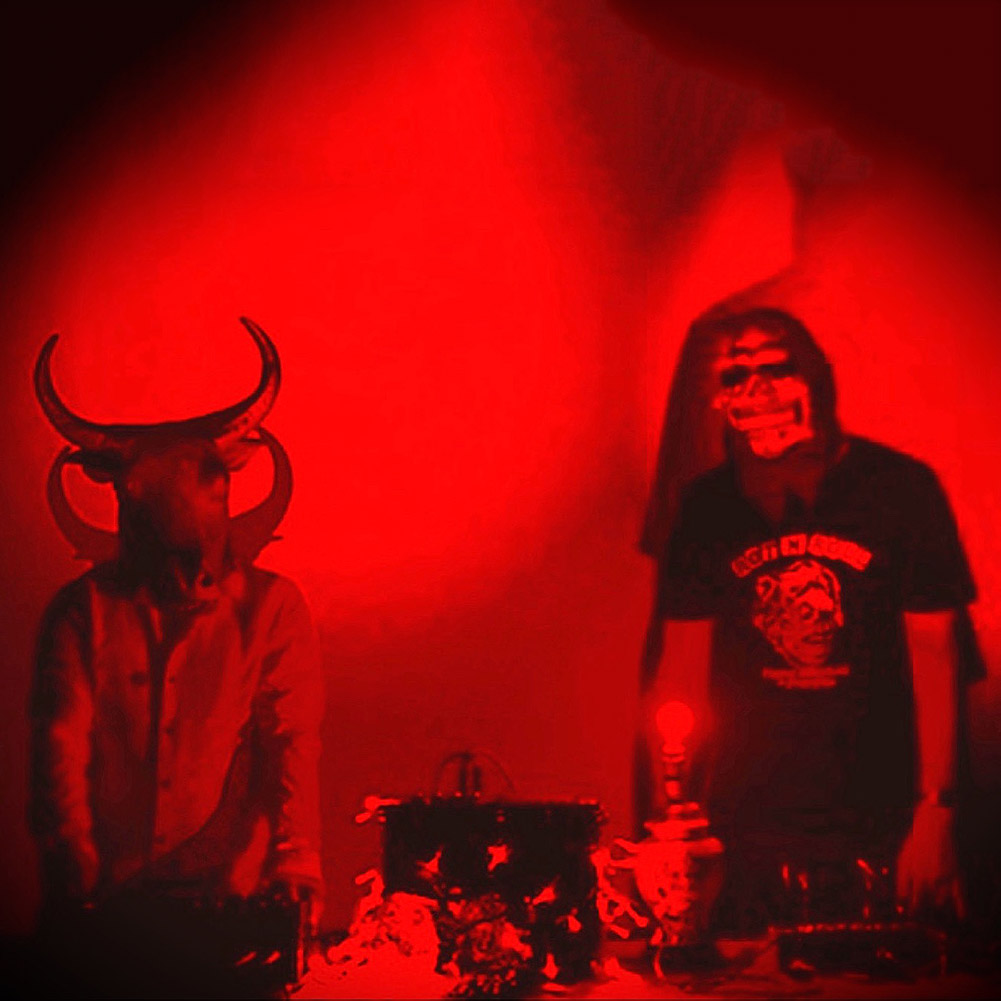
THE AMNESIAC EXPERIENCES THE VORTEX AS IF SHE WERE AN EEL
TX: Midday and 6pm, Sunday 19th May
“Strange things stumble through the mirrors, they pulled a clock out of the river – it was oblivious. I loved those sisters; my shirt is stained with tears. At the factory, the Witches run the lathes. Ex-detectives loiter, not knowing who they are. Lacking time travel mechanisms, they attend funerals and take notes. No one notices. They are invisible. The characters converge upon a point in space.
The house.
Where it all started.
The birth of it.
The birth of them.
The beginning.”
VILE PLUMAGE & THE BURSELM COMMUNITY RADIO PLAYERS
Vile Plumage:
Peter ‘Bunny’ Cropwell
Duke Burnett
Community Players:
Anji Cheung
Stacey Hammond
David Edmondson
Jean Edmondson
Trevor Antrobus
Maureen Antrobus
Mika De Oliveiro
Noah Jarvis
Samuel Jarvis
Trudi Jarvis
Orphelia Musso
Aliks Musso
Sarah Malpass Hammond
Miguel Victorino
Chandor Gloomy
Xstatic
tics
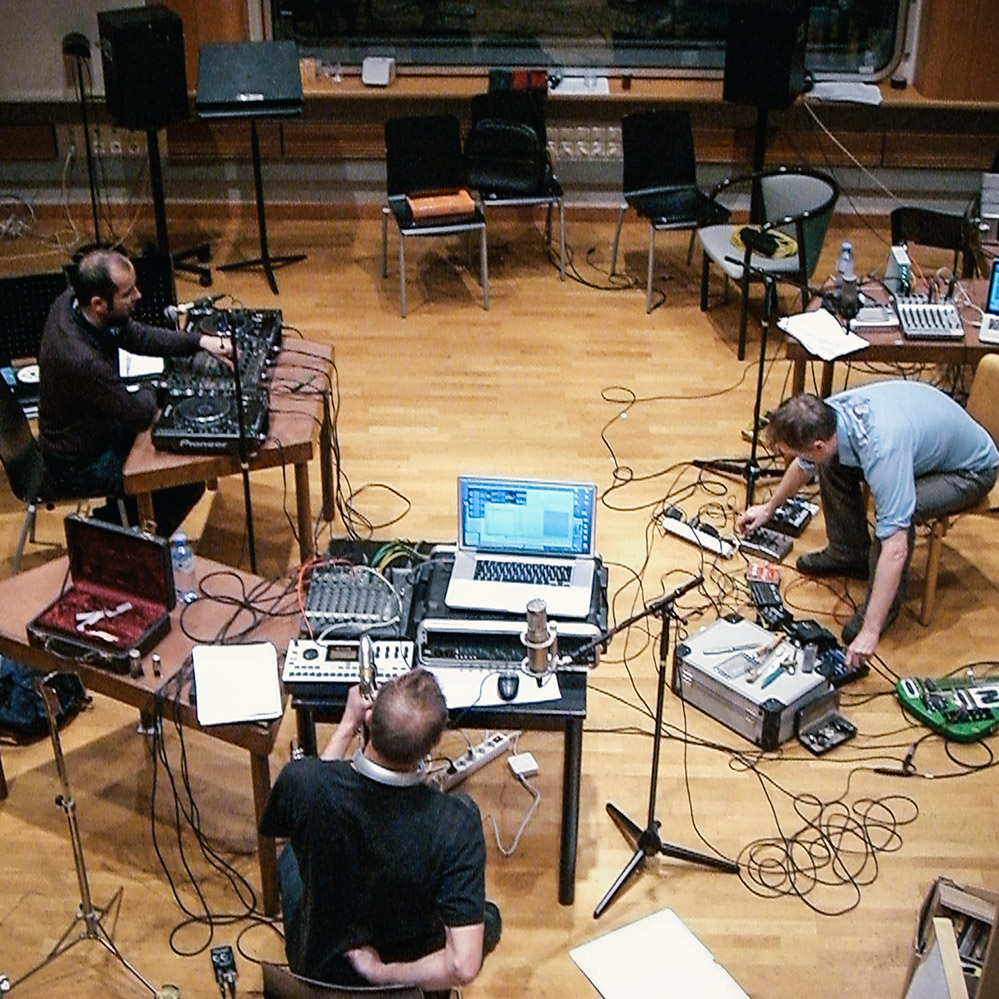
day of the great tit
TX: Midday, Friday 24th May
A radioplay by the X-Static Tics (Henk Bakker and Lukas Simonis)
The story is set in the year 2222. Dead Henk, a living corpse brought to life from a previous century (he died in 2121) is forced to be interviewed about his attempt to stabilize the world by introducing people to art. Was it due to his efforts that there are no more wars in 2222, that everyone has made peace? There are no more conflicts. Weapon manufacturers only make space ships. part of humanity is migrating to other solar systems although that is not really necessary; the earth is clean, pollution has been banned. The curiosity about dead Henk is great because with the disappearance of traumatic and conflict situations all forms of art are wiped out. Only the music has survived this genocide on the uncomfortable; after all, you must have something to listen to.
A live version of ‘the day of the great tit’ will be performed as part of an outside broadcast at Platform at 3pm on Saturday, 18th May.
Hannah
Ellul
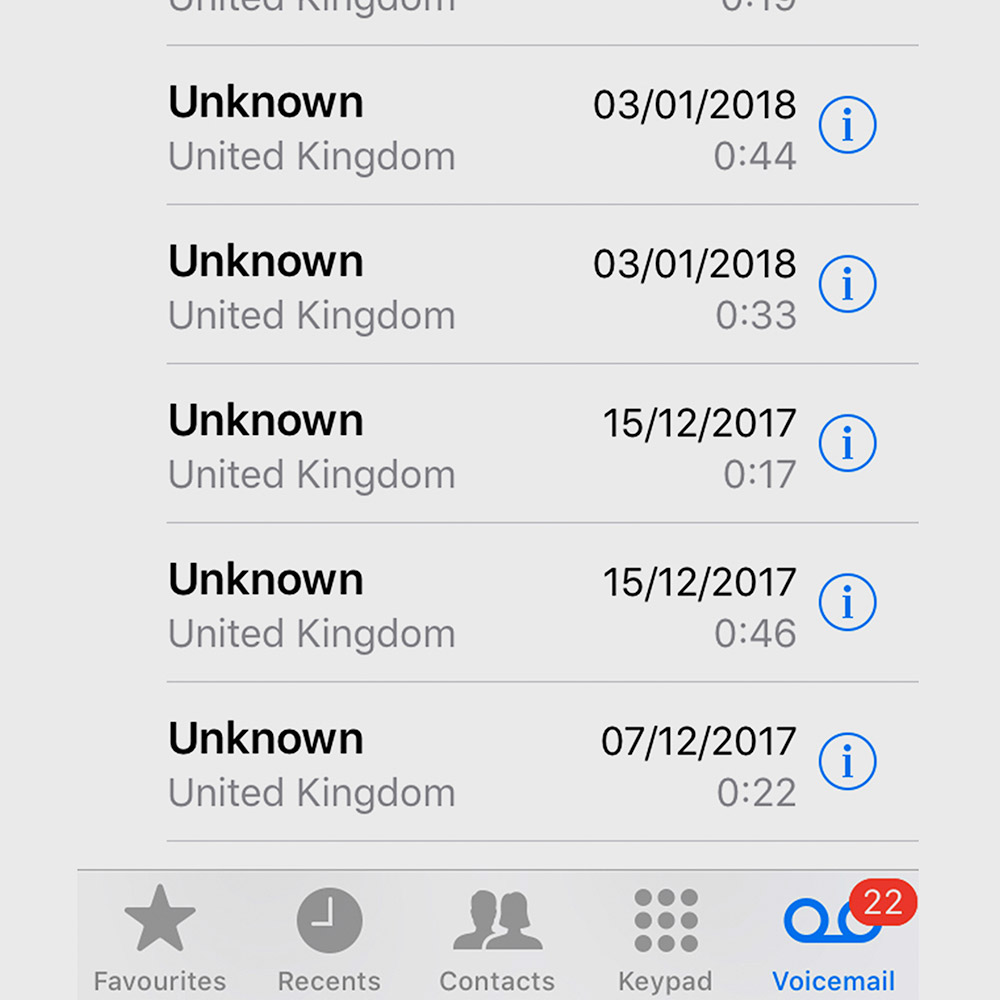
Breathless
TX: Midday and 6pm, Monday 20th May
If I were to tell you how I arrived here, I would have to explain the voicemails. The voicemails have been in the back of my mind for some time. They had accumulated over several years, in fits and starts. A waxing and waning of words spoken into the void. For months, I watched them arrive but I did not listen to them. When I eventually did hear the messages, certain things were immediately clear. The condition of his lungs was deteriorating. His breathing was laboured. The messages had never been easy to follow. They were often slurred, because of the drink. But now when he spoke his words were interrupted by coughing fits, more and more so as time went on. By groans and gasps. Belly-speech. Gurgles of outflow.
In The Absent Body, Drew Leder writes that the healthy body is ‘transparent’. In illness, the body loses its transparency by ‘dys-appearing’. In a state of dysfunction, it appears. When I read this, something about the idea of the loss of transparency seems familiar to me. The pregnant body is not transparent, but it’s not dysfunctional either. In fact, the cis female body is perpetually troubling this idea of transparency in health. I am not the first person to point out that the question of the body’s transparency is not as simple as it seems.
I try to listen to the groans and gasps between the words as sounds in all their electronically-mediated materiality, perhaps I am being evasive. I am finding it hard to breathe as I listen: the body impinges, despite myself. And they call this ‘reduced’ listening. The absent body, on the other side of the voicemails, of the radio. For something so absent, it weighs heavily. Dissipated, dys-appearing.
Hannah Ellul is a Glasgow-based writer and artist working primarily in text and sound. She often works collaboratively, and much of her work starts from an interest in radical political imagination and the affective dimension of collective experience. With Ben Knight she is part of the collaborative project Psykick Dancehall, exploring sound across media: the politics of listening, recording technologies and the voice. She makes music with Human Heads and White Death. Projects have included residencies at Titanik, Turku, FI (forthcoming), the Banff Centre, Alberta, CA; Lothringer_13 Laden, Munich, DE, and CCA Glasgow, UK; and performances and exhibitions at Transmission Gallery, Glasgow; Lydgalleriet, Bergen, NO; Oslo 10, Basel, CH; and Castlefield Gallery, Manchester, UK.
Breathless is a co-commission between Radiophrenia and Kunstradio Radiokunst for Ö1, Austria.


Marjorie
van Halteren
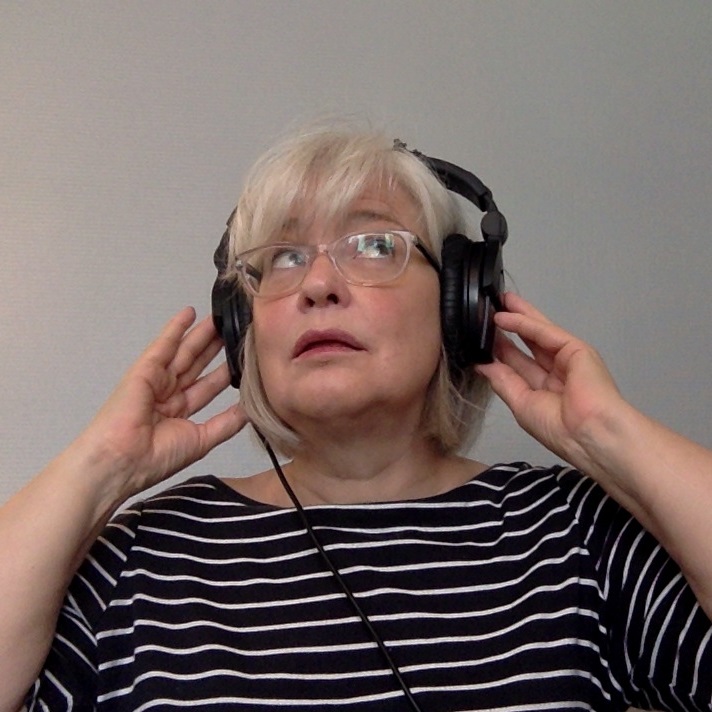
Hexagon Heart
TX: Midday and 6pm, Tuesday 14th May
Hexagon Heart is a sound poem/musical story of Marjorie Van Halteren’s emigration to France in 1992 and what has become of her heart.
Marjorie Van Halteren is a long time American resident of France, is a three-time, Peabody Award winning radio producer, including for her 1982 personal poetry docudrama “Breakdown and Back,” and over a dozen original plays commissioned for WNYC’s The Radio Stage. It was her WDR commission “Roadtrip” that was shown at the Whitney in New York that eventually lead her to a life in sound art. She relocated to France and made pieces for BBC Radio 3’s Between the Ears, and directed her own play, “Present Progressive” for BBC Radio 4. She also directed Roy Nathanson’s “You’re Fool” for WNYC Radio, featuring Debbie Harry and The Jazz Passengers. Following was a three-part audio series with Helen Englehardt, on the subject of war and grieving, including her audio essay “Unquiet Graves” about her move to Flanders. In later years she has turned to performance in her adopted city of Lille, composing and performing sound for dance, with residencies at artconnexion Lille and the Ballet du Nord. She makes an electroacoustic poetry series called “Lives of the Poets” with Jeff Gburek in Poland, has performed improvisational music with him in Paris and Belgium, with Muzzix at La Malterie, and in other venues. She teaches “The Nature of Sound” in the Musiques et Technologies program at ISEN (an electrical engineering school). She was awarded the Norman Corwin Award for Audio Excellence at the 2018 Hear Now Festival in Kansas City, and is the producer of “That Tuesday,” an occasional podcast chronicling her collaborations in sound art.
Sally Ann
McIntyre
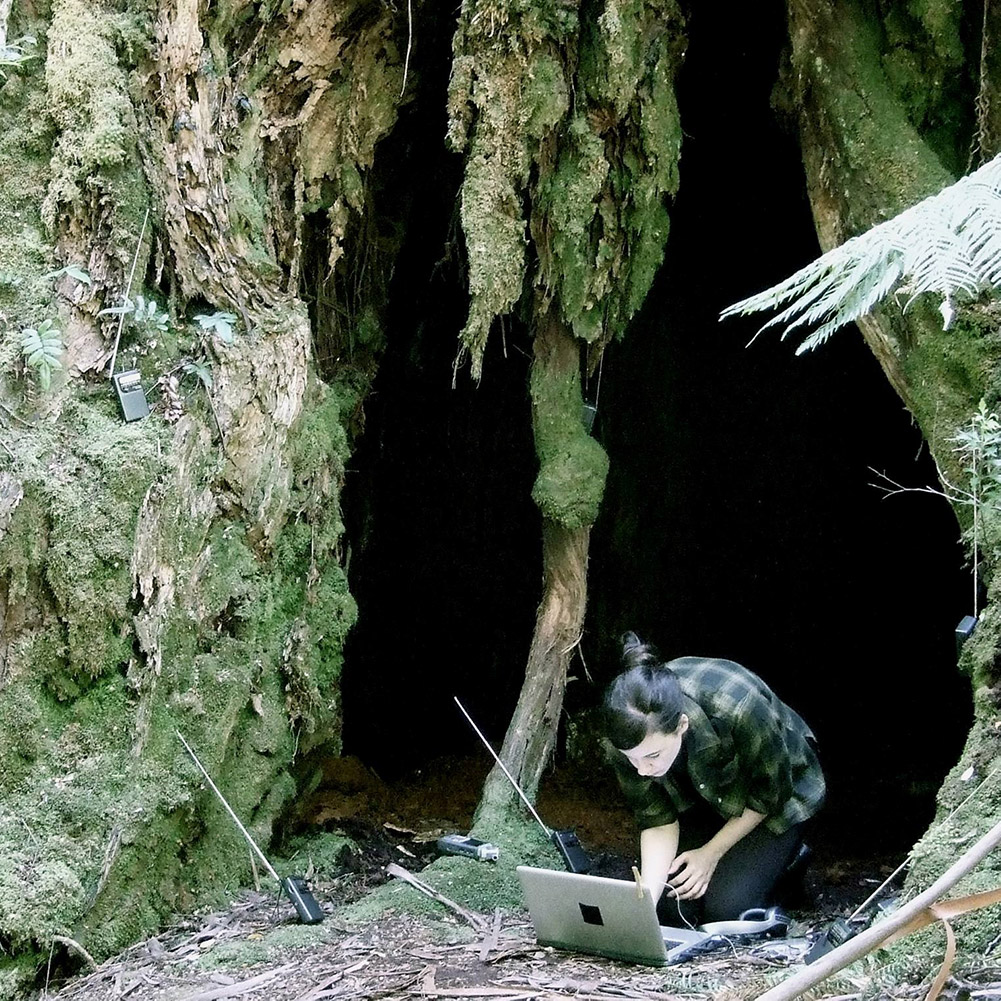
notes toward a library of superlative trees. a transmission for Eucalyptus regnans
TX: Midday and 6pm, Sunday 26th May
notes toward a library of superlative trees. a transmission for Eucalyptus regnans is a site-specific mini-FM radio programme which conducts radio art as a form of experimental fieldwork. It investigates notions of non-human forest memory, the “endemic,” and the globalisation of species in postcolonial landscapes, through engagement with the audible sounds of the tallest flowering plant in the world, a tree native to Tasmania and Victoria, but now found worldwide.
This temporally linear radio piece, mixed from live multi-receiver transmission recordings, has been newly produced for Radiophrenia in 2019.
sally ann mcintyre is an Australian-New Zealand artist, writer and broadcaster. her work has paid increasing attention to sites where ecological and cultural narratives (recorded/transmitted signals/empiricism/documentary) meet unheard, unremembered, untranscribed or untranslated aspects of the landscape (bad reception/pseudoscience/silence/electromagnetism/noise). often working critically with the sonic representation of specific aspects of environments, the one-way collecting drives of the practice of field recording, conceived as a form of technologised ‘voluntary memory’ that in codifying the temporal nature of human hearing often de-historicises and deadens its subject, meet a contrasting, liminal ‘involuntary memory’ often gleaned from the practice of small scale radio transmission as a form of two-way, site-receptive ‘fieldwork’ and an associated focus on revealing the chaotic nature of the inaudible energy spectrum. Works have critically analysed the place of nature in New Zealand, Australian and other cultural narratives through re-collecting faint traces in environments, historical texts and natural history museums, and a focus on lateral uses of the archive and the research/interview techniques of ethnography, as well as the figure of the amateur or citizen scientist, to build alternate models for empirical observation.